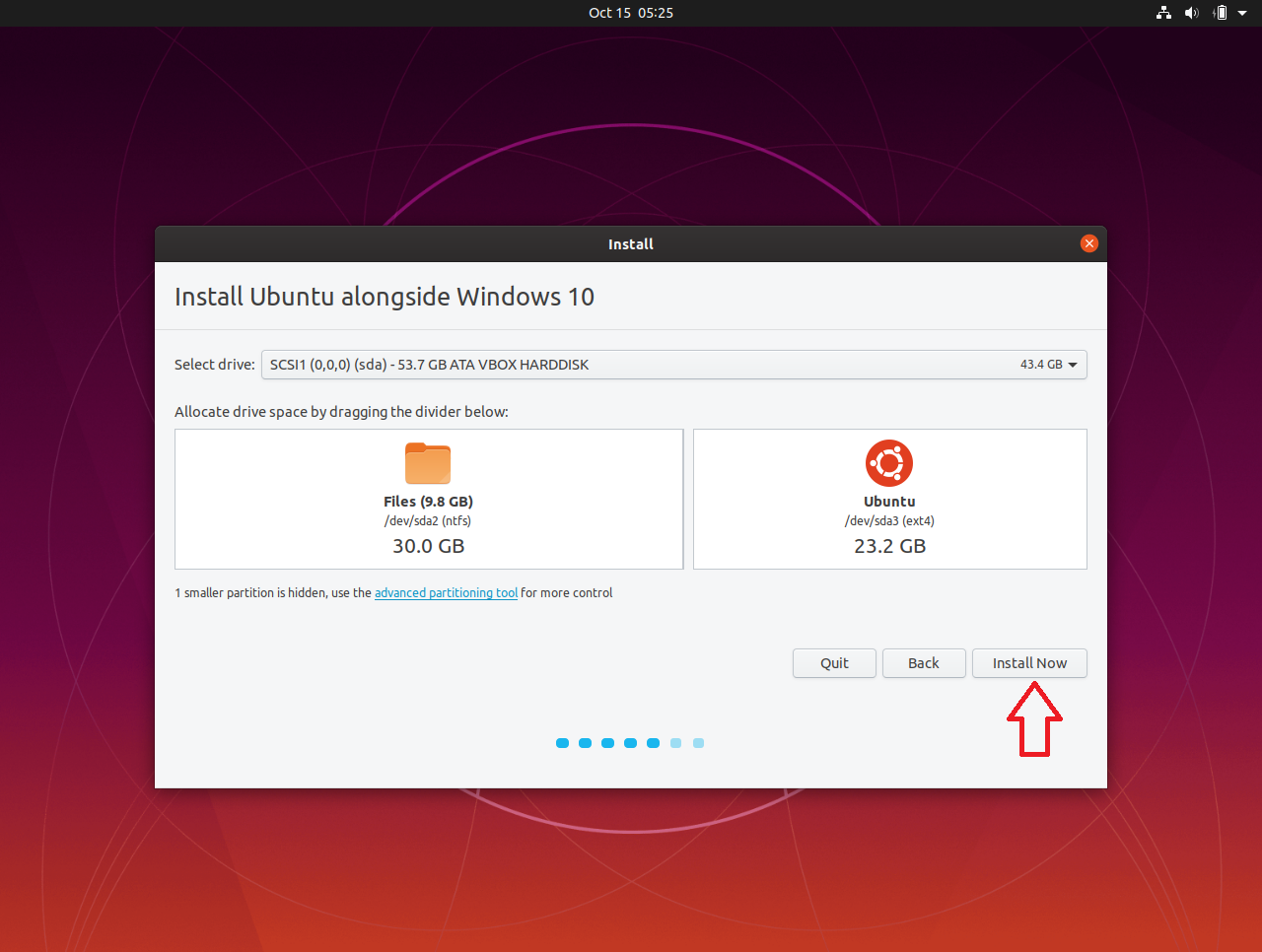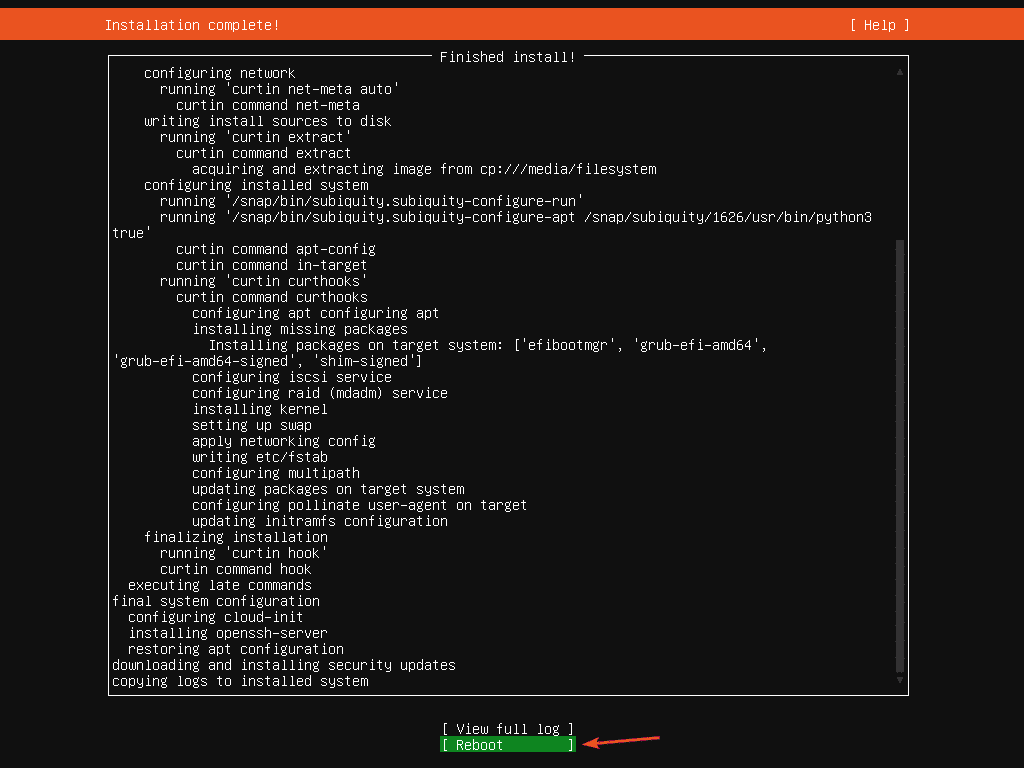

- Install weka ubuntu 20.04 how to#
- Install weka ubuntu 20.04 install#
- Install weka ubuntu 20.04 update#
- Install weka ubuntu 20.04 full#
Install weka ubuntu 20.04 install#
In this way, we can install the Ubuntu-make using the system’s default APT package manager. Those who don’t want to use the Snap can go for the PPA repository. Hence, run the given command: sudo snap install ubuntu-make -classic It is a default universal package manager on all the latest Ubuntu operating systems.

Well, as we have apprised already, we cannot find the package to install this tool using the standard package manager, however, it is possible with SNAP.
Install weka ubuntu 20.04 update#
Perform a system updateīefore running the Snap let’s first update our system to ensure it is in its latest state and all the security updates are on our Ubuntu. Yes, these are the two simple ways to get it because it is not available to install using the APT package manager. There are two ways to install the Ubuntu-Make tool on Ubuntu Linux one is using the SNAP and the other with the help of PPA. Steps to install and use Ubuntu-Make on Linux
Install weka ubuntu 20.04 how to#
How to install the Install developers tool

API Referenceįor a complete reference of the PyImageJ API please see the PyImageJ Read the Docs site. show ( image, cmap = 'gray' )įor more, see the documentation and tutorials. from_java ( jimage ) # Display the image (backed by matplotlib). open ( image_url ) # Convert the image from ImageJ2 to xarray, a package that adds # labeled datasets to numpy (). Here is an example of opening an image using ImageJ2 and displaying it: # Create an ImageJ2 gateway with the newest available version of ImageJ2. Pandas, etc.) and Java (ImageJ2, ImgLib2, etc.) structures.įor instructions on how to start up the gateway for various settings, Plus utility functions for translating between Python (NumPy, xarray,
Install weka ubuntu 20.04 full#
Using the gateway, you have full access to the ImageJ2 API, This gateway can point to any official release of ImageJ2 or to a local The first step when using PyImageJ is to create an ImageJ2 gateway. While it downloads and caches the needed Java libraries.įor detailed installation instructions and requirements, Takes an additional ~30 seconds to ~2-3 minutes (depending on bandwidth) Installation time takes approximately 20 seconds.

Mamba create -n pyimagej -c conda-forge pyimagej openjdk=8Īlternately, you can install PyImageJ with pip, but in thisĬase you will need to install OpenJDK and Maven manually. Here is how to createĪnd activate a new conda environment with PyImageJ available: conda install mamba -n base -c conda-forge PyImageJ can be installed using Conda+ Mamba. In addition, PyImageJ requires OpenJDK and Maven to be installed. PyImageJ will notįunction properly if dependency versions are too old. PyImageJ requires Python >= 3.6 and the following packages:įor the minimum version requirements of each package. PyImageJ has been tested on the following operating systems: Notably, PyImageJ can be installed and used on server infrastructure for PyImageJ will run on a range of hardware, we recommend the following RAM Performance to support the workflow operations defined by the user. PyImageJ requires at minimum a standard computer with enough RAM and CPU Jump into the documentation and tutorials to get started! System Requirements Hardware Requirements SciPy, scikit-image, CellProfiler, OpenCV, ITK and many more. With other tools available from the Python software ecosystem, including NumPy, It also supports the original ImageJ API and data structures.Ī major advantage of this approach is the ability to combine ImageJ and ImageJ2 PyImageJ provides a set of wrapper functions for integration between ImageJ2Īnd Python.


 0 kommentar(er)
0 kommentar(er)
